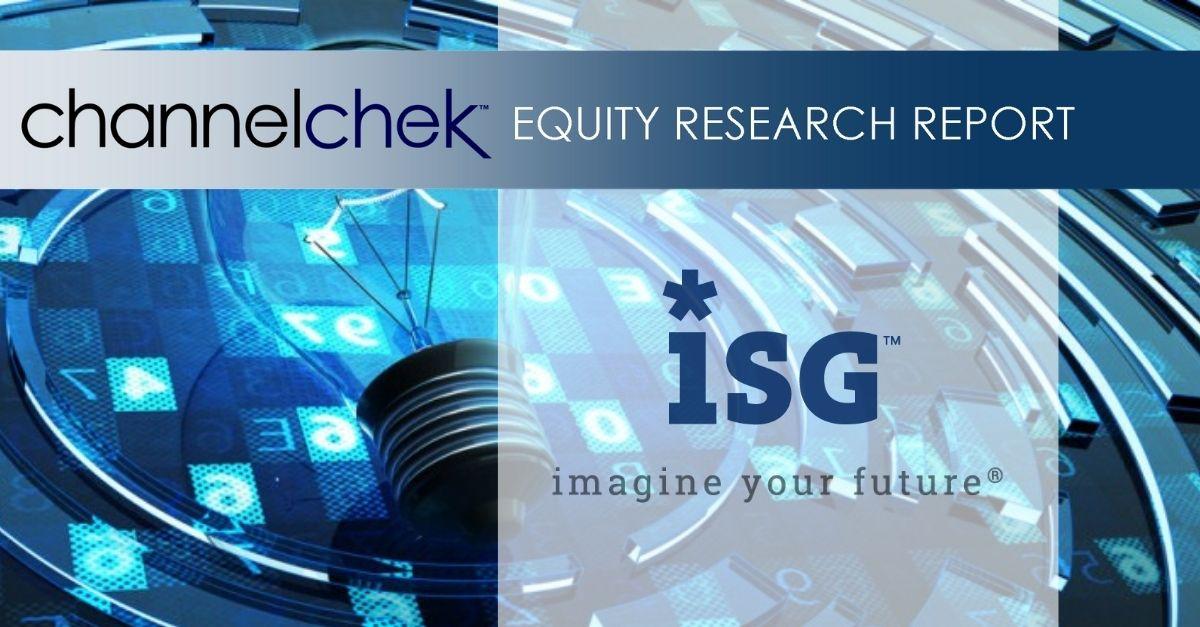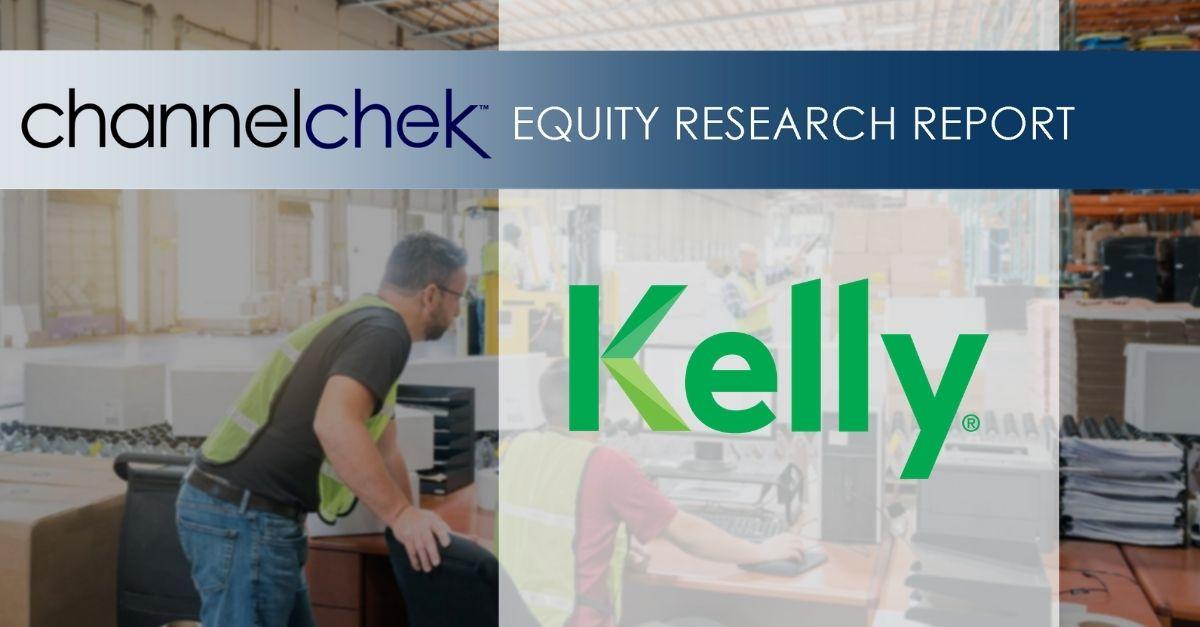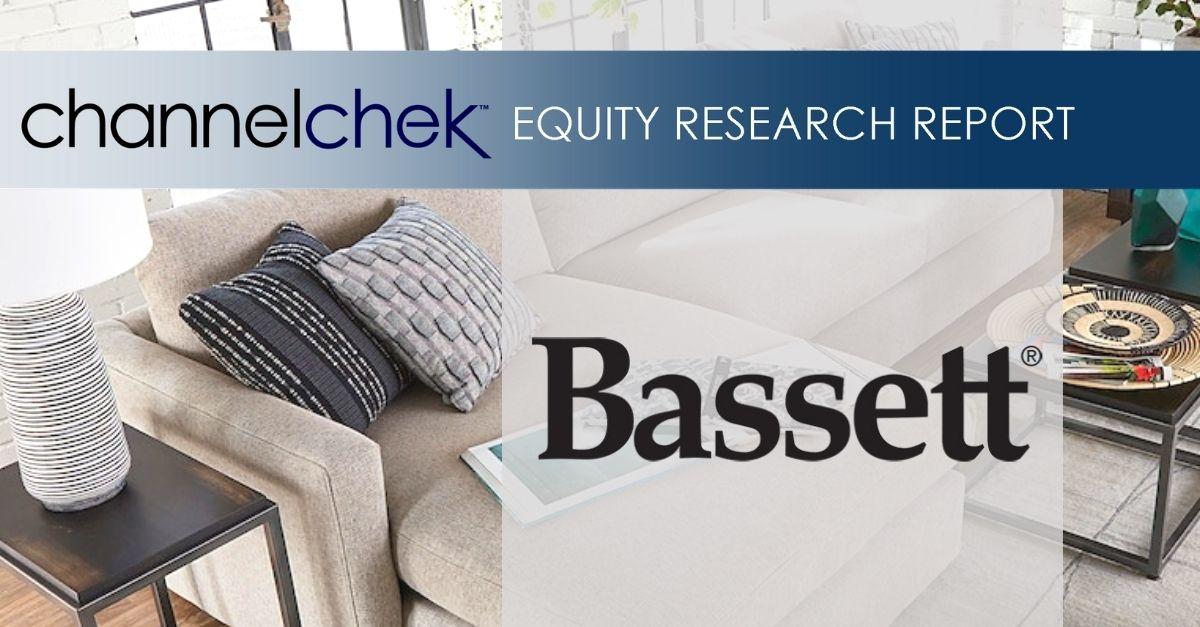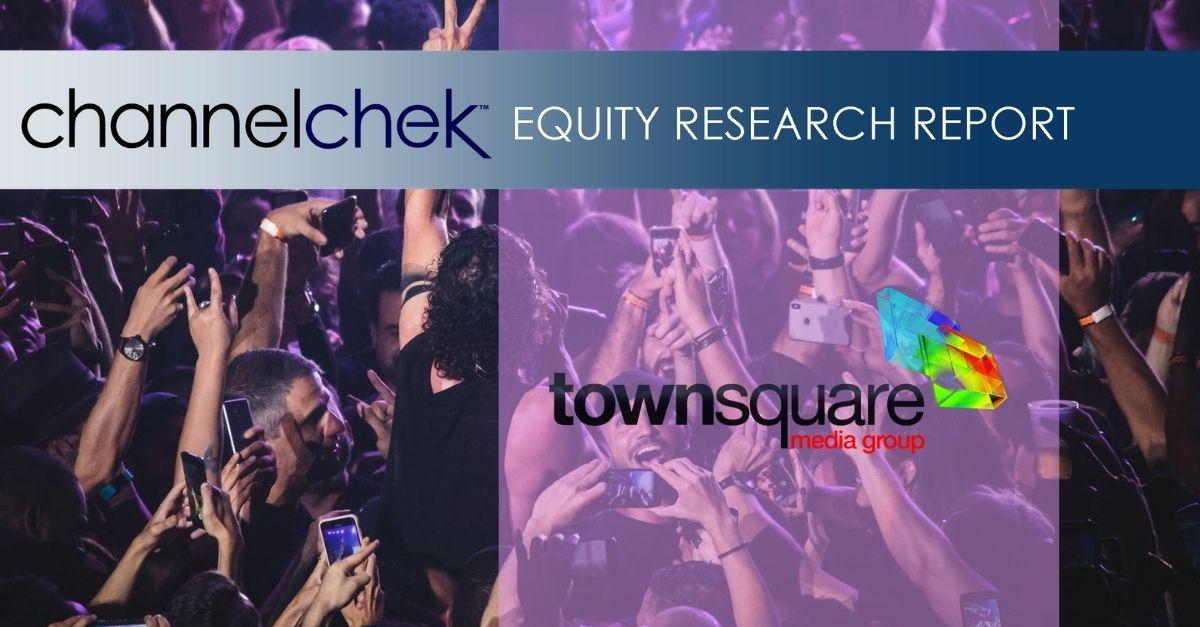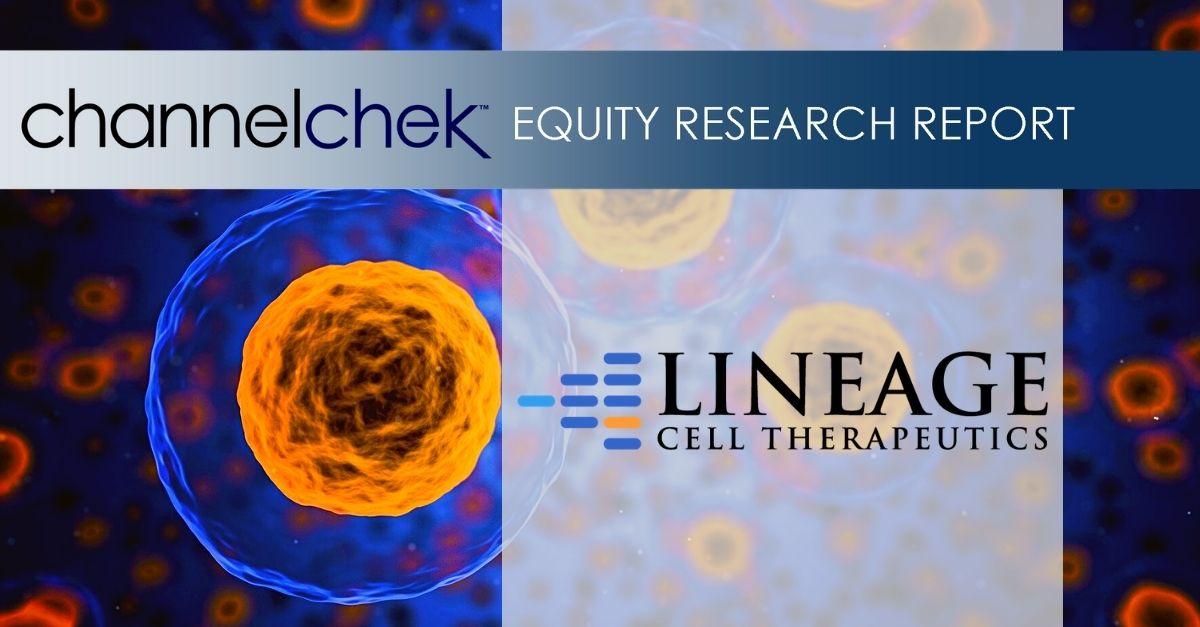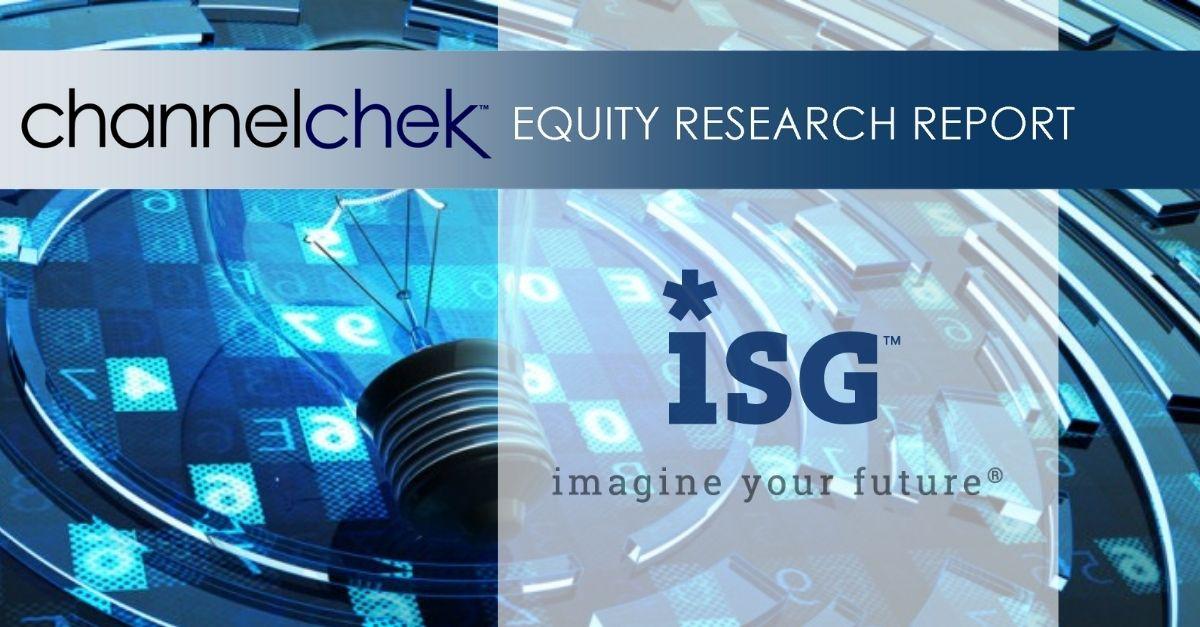Allegiant Gold Announces A C$4.0 Million Strategic Investment By Kinross Gold Corporation For Exploration At The Eastside Property
Research, News, and Market Data on Allegiant Gold
Reno, Nevada /March 14, 2022 – Allegiant Gold Ltd. (“Allegiant” or the “Company”) (AUAU: TSX-V) (AUXXF: OTCQX) is pleased to announce a C$4,014,404 financing and strategic investment by Kinross Gold Corporation (“Kinross”) (NYSE: KGC, TSX: K) which will accelerate the exploration and development activities at the Eastside property in Nevada. On closing Kinross will own 9.9% of the then issued shares of Allegiant.
Kinross operates the Round Mountain gold mine, located across the valley from Allegiant’s Eastside project. Round Mountain is one of the largest open pit gold mines in the United States.
Peter Gianulis, CEO of Allegiant Gold, commented: “We are very excited to have Kinross as a strategic partner, given their experience and prominent presence in Nevada, and the relative close proximity of their flagship Round Mountain Mine, which shares many similar geological characteristics to Eastside. Allegiant and Kinross have developed an excellent rapport over the years, and we look forward to a productive and collaborative working relationship with them.”
Kinross has entered into a $4,014,414 subscription agreement with Allegiant to acquire 10,036,034 units (the “Units”) in a non-brokered private placement at C$0.40 per Unit with each Unit consisting of one common share of the Company (a “Common Share”) and one-half of one Common Share purchase warrant (each whole warrant, a “Warrant”). Each Warrant shall entitle the holder to purchase one Common Share at a price of $0.70 exercisable over two years following the closing date, subject to customary adjustments.
The strategic investment by Kinross calls for the formation of a four-person Technical Advisory Committee comprised of two members from each company. The Technical Advisory Committee will provide advice and guidance on the upcoming core-drilling program at the high-grade zone (“HGZ”) within the Original Pit Zone at Eastside. Allegiant has agreed to allocate no less than 80% of the investment by Kinross to a work program specifically designed for the HGZ.
In connection with the transaction, Allegiant and Kinross will enter into an investor rights agreement providing each party with customary rights, including the grant of standard anti-dilution and equity participation rights to Kinross. The transaction is subject to certain conditions including, but not limited to, acceptance by the TSX Venture Exchange and is expected to close on or about March 18, 2022.
Allegiant has engaged Cormark Securities Inc. as its financial advisor and Stikeman Elliott LLP as its legal advisor in connection with the strategic investment by Kinross.
ABOUT ALLEGIANT
Allegiant owns 100% of ten highly-prospective gold projects in the United States, seven of which are located in the mining-friendly jurisdiction of Nevada. Four of Allegiant’s projects are farmed-out, providing for cost reductions and cash-flow. Allegiant’s flagship, district-scale Eastside project hosts a large and expanding gold resource and is located in an area of excellent infrastructure. Preliminary metallurgical testing indicates that both oxide and sulphide gold mineralization at Eastside is amenable to heap leaching.
ON BEHALF OF THE BOARD
Peter Gianulis
CEO
For more information contact:
Investor Relations
(604) 634-0970 or
1-888-818-1364
ir@allegiantgold.com
Neither TSX Venture Exchange nor its Regulation Services Provider (as that term is defined in policies of the TSX Venture Exchange) accepts responsibility for the adequacy or accuracy of this release.
Certain statements and information contained in this press release constitute “forward-looking statements” within the meaning of applicable U.S. securities laws and “forward-looking information” within the meaning of applicable Canadian securities laws, which are referred to collectively as “forward-looking statements”. The United States Private Securities Litigation Reform Act of 1995 provides a “safe harbor” for certain forward-looking statements.Forward-looking statements in this press release include, without limitation: statements pertaining to Allegiant Gold Ltd.’s (“Allegiant”) exploration plans for its gold exploration properties and the drill program at Allegiant’s Eastside project; and statements pertaining to the proposed private placement transaction with Kinross Gold Corporation (including the timing of completion thereof). Forward-looking statements are statements and information regarding possible events, conditions or results of operations that are based upon assumptions about future economic conditions and courses of action. All statements and information other than statements of historical fact may be forward-looking statements. In some cases, forward-looking statements can be identified by the use of words such as “seek”, “expect”, “anticipate”, “budget”, “plan”, “estimate”, “continue”, “forecast”, “intend”, “believe”, “predict”, “potential”, “target”, “may”, “could”, “would”, “might”, “will” and similar words or phrases (including negative variations) suggesting future outcomes or statements regarding an outlook. Such forward-looking statements are based on a number of material factors and assumptions and involve known and unknown risks, uncertainties and other factors which may cause actual results, performance or achievements, or industry results, to differ materially from those anticipated in such forward-looking information. You are cautioned not to place undue reliance on forward-looking statements contained in this press release. Some of the known risks and other factors which could cause actual results to differ materially from those expressed in the forward-looking statements are described in the section entitled “Risk Factors” in Allegiant’s Annual Information Form dated June 11, 2021, as filed with applicable Canadian securities regulators and available on SEDAR under Allegiant’s profile at www.sedar.com. Actual results and future events could differ materially from those anticipated in such statements. Allegiant undertakes no obligation to update or revise any forward-looking statements included in this press release if these beliefs, estimates and opinions or other circumstances should change, except as otherwise required by applicable law.





